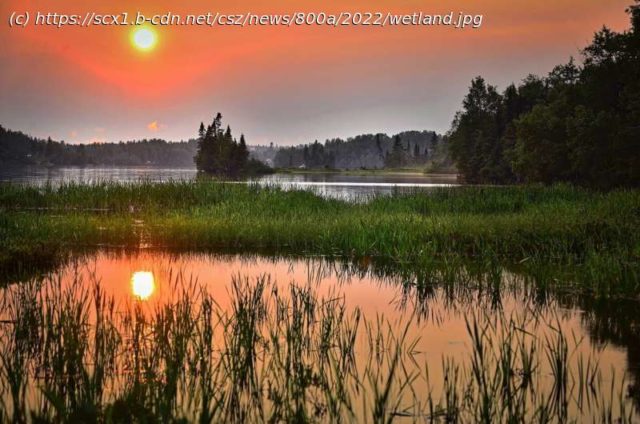The wetlands found across the Rocky Mountains of Colorado just below tree line are magical places. Dripping with mosses and deep green sedges, these open expanses flanked by evergreens are a breathtaking sight for passing hikers. Moose graze there, and elk gather during their mating season.
The wetlands found across the Rocky Mountains of Colorado just below tree line are magical places. Dripping with mosses and deep green sedges, these open expanses flanked by evergreens are a breathtaking sight for passing hikers. Moose graze there, and elk gather during their mating season.
These subalpine wetlands are also crucial for regulating the supply of clean water from the highlands to metropolitan regions downslope, including Denver.
However, new research shows the wetlands also harbor a health risk. In a new study, my research group found that just below the surface of subalpine wetland soils, the perfect conditions exist for the production of methylmercury, a potent, toxic form of the heavy metal mercury that can threaten the health of wildlife and people.
As rising temperatures thaw ice and erode the mountain rocks, and mercury pollution from power plants around the world falls with rain, this toxic form of mercury can be produced in the wetlands.
Methylmercury is a neurotoxin that biomagnifies and bioaccumulates, meaning it becomes more concentrated as it moves up the food chain. Predatory birds and fish high on the food chain are most susceptible to its devastating effects on the nervous and reproductive systems, as are the human populations that consume them.
In the 1950s, hundreds of people in Minamata and Niigata, Japan, died from methylmercury poisoning connected to ingesting water, fish and shellfish from near where chemical plants were discharging mercury into the water.
Mercury methylation is a fickle process. The bacteria involved require sources of inorganic mercury and energy, as well as oxygen-free conditions.
Sulfate concentrations are particularly important.






